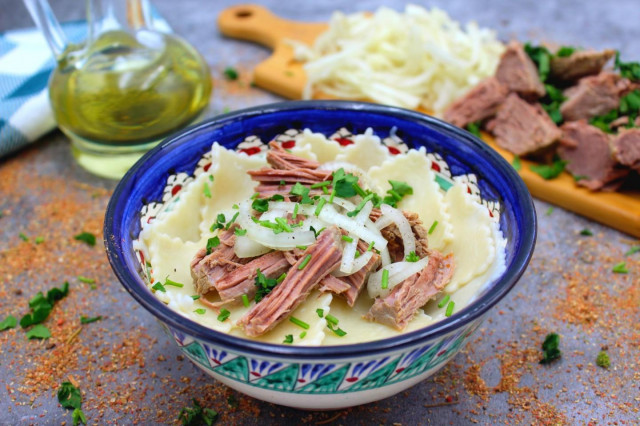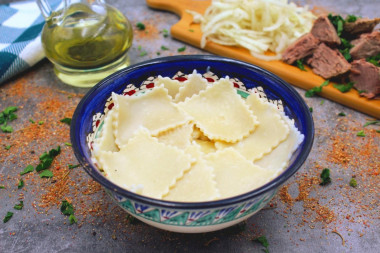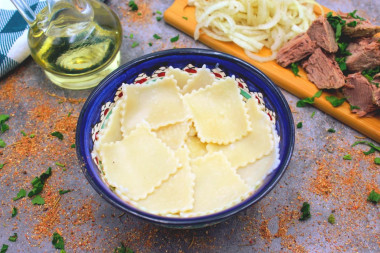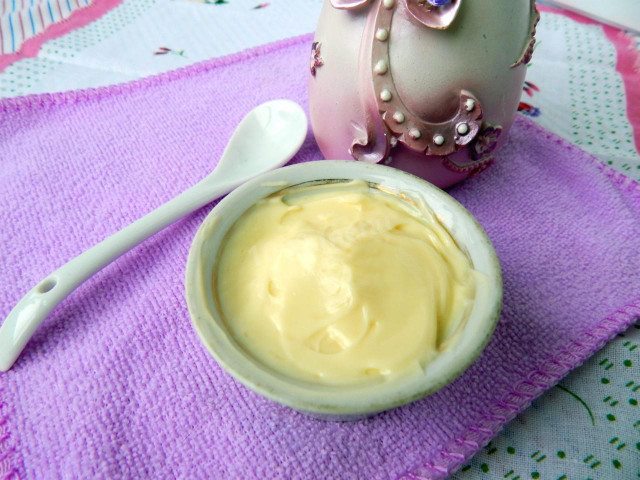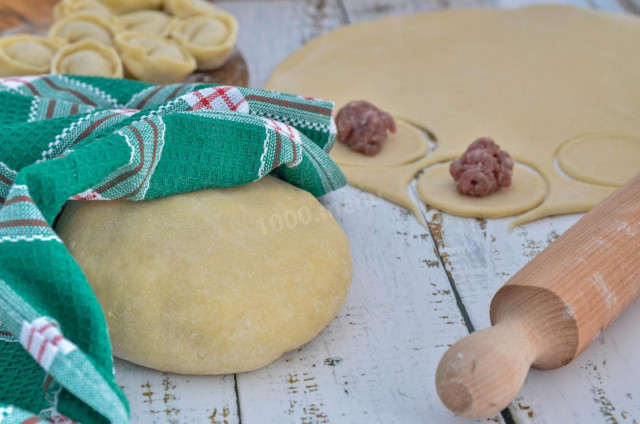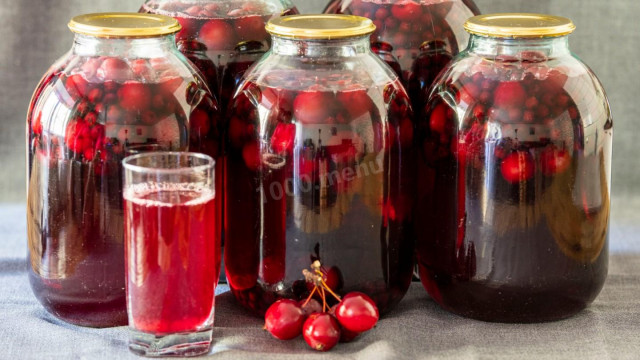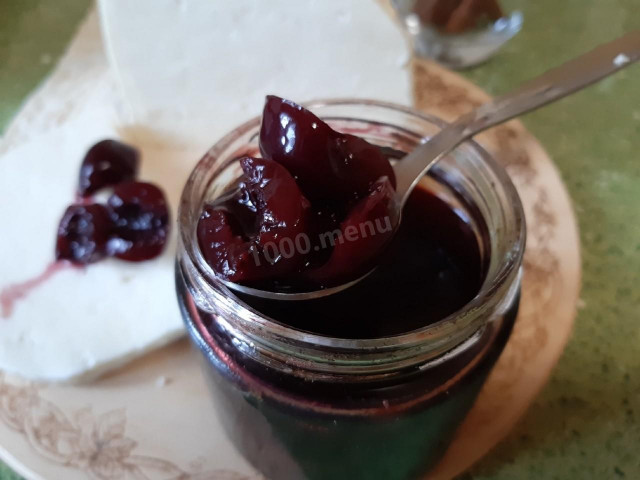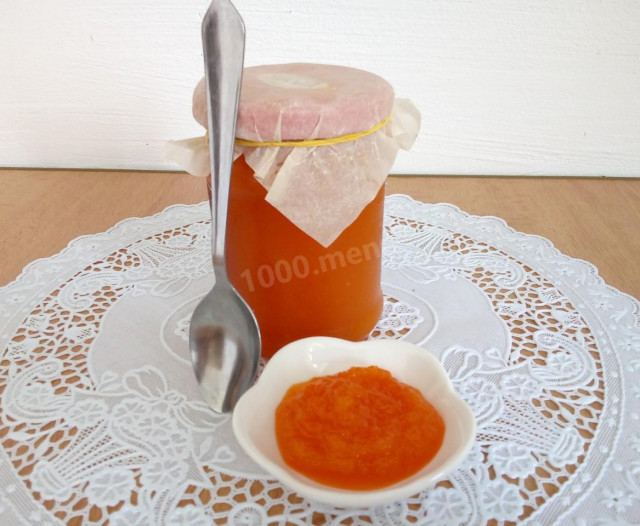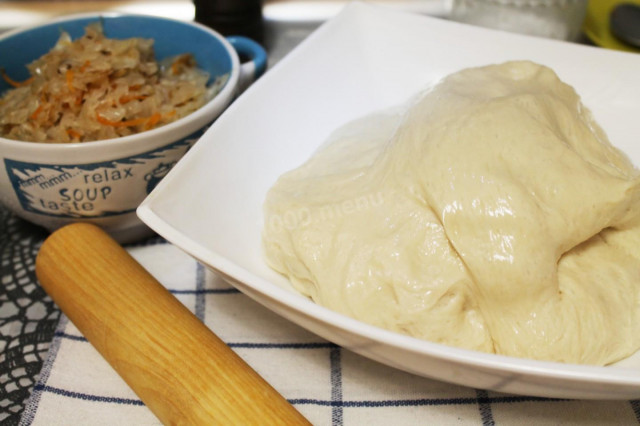Composition / ingredients
Step-by-step cooking
Step 1:
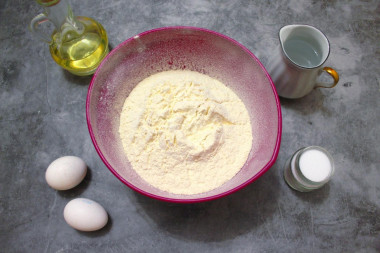
Prepare all the ingredients. Use wheat flour of the highest grade, chicken eggs of category C1, it is better to take filtered water, also take high-quality refined oil and finely ground salt (extra).
Step 2:
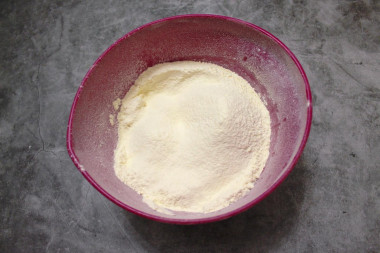
In a separate container in which you will knead homemade dough for juicier, sift wheat flour through a sieve. Due to sifting, the flour will be filled with oxygen, which will make the dough more tender and soft, and it will also remove unnecessary impurities and garbage cans that may be in this product.
Step 3:

Make a recess in the center of the sifted flour and drive in the chicken eggs, after thoroughly washing the eggs under water, since even on the seemingly clean shell there may be harmful bacteria. It is best to use food detergents and a brush.
Step 4:
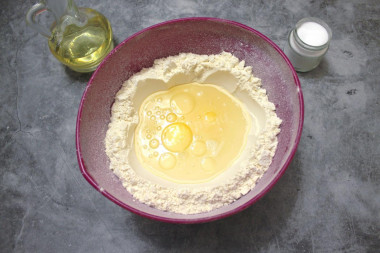
Next, pour water into the center of the flour "pit", add salt and pour in vegetable oil, which will give the dough elasticity. Start kneading the dough with a spoon, and when it stops sticking too much, continue kneading with your hands so that it gathers into a lump. Transfer the dough to the work table, sprinkled with flour, and knead it with your hands for another 7-10 minutes. If necessary, you can add flour, but do not clog the dough, otherwise it will turn out very hard and tasteless.
Step 5:
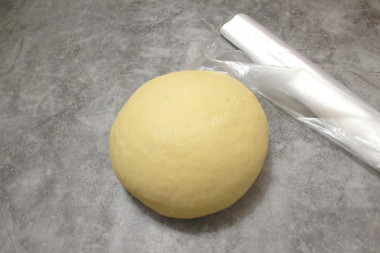
Put the kneaded dough in a plastic bag and let it rest for about 20 minutes. This procedure with the package will allow the dough to become even softer and more elastic, since the gluten will swell during this time. Thus, during the rolling process, the dough will not break.
Step 6:
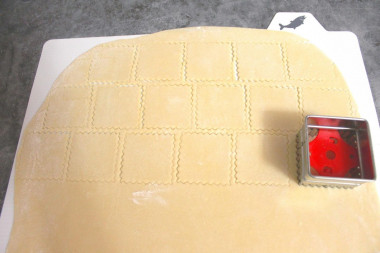
After the time has elapsed, pinch off a good piece of elastic soft dough, put it on a floured work table and roll it out with a rolling pin into a fairly thin rectangular layer. With the help of a mold, cut out the juicy. If there is no such mold, then cut the dough into squares with a sharp knife. The size of the juicer depends on your preferences, but it is desirable that the side of the square does not exceed 5 cm .
Step 7:
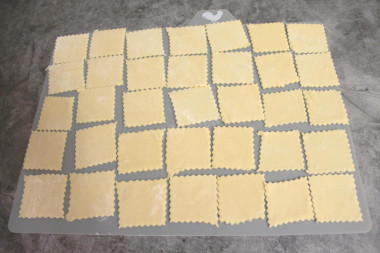
Carefully transfer the square juices to the cutting boards and put them in the freezer. After a few hours, when the juices are frozen, they can be transferred to one large container. After complete freezing, the juices will not stick to each other. Store the juices in the freezer in a closed container or bag.
Step 8:
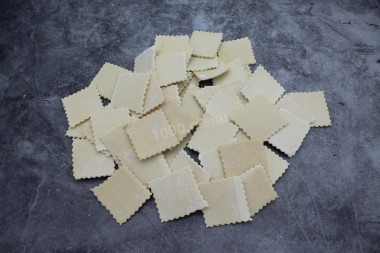
When the time comes to prepare beshbarmak, you will already have homemade juices ready.
Step 9:
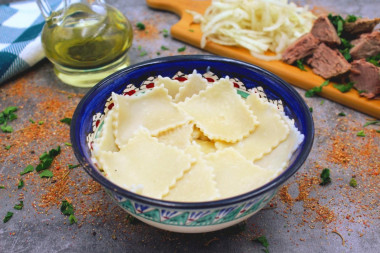
They will only have to be boiled in slightly salted water for 5-7 minutes after being lowered into boiling water. And so that the juices do not stick together during cooking, lower the juices one by one into boiling water. Remove the cooked juices with a slotted spoon, letting the excess water drain, and place on a platter.
Be sure to wash the eggs before use, as even the seemingly clean shell may contain harmful bacteria. It is best to use food detergents and a brush.
How do I know if an egg is fresh? Break it into a separate container. First of all, there should be no unpleasant smell. The protein of fresh eggs will be transparent and clean. The yolk should not spread and will be shiny, convex, homogeneous.
Be prepared for the fact that you may need more or less flour than indicated in the recipe. Focus not on the amount of flour, but on the desired consistency of the dough. To avoid mistakes, read about flour and its properties!
Caloric content of products possible in the composition of the dish
- Chicken egg - 157 kcal/100g
- Egg white - 45 kcal/100g
- Egg powder - 542 kcal/100g
- Egg yolk - 352 kcal/100g
- Ostrich egg - 118 kcal/100g
- Whole durum wheat flour fortified - 333 kcal/100g
- Whole durum wheat flour, universal - 364 kcal/100g
- Flour krupchatka - 348 kcal/100g
- Flour - 325 kcal/100g
- Vegetable oil - 873 kcal/100g
- Salt - 0 kcal/100g
- Water - 0 kcal/100g

